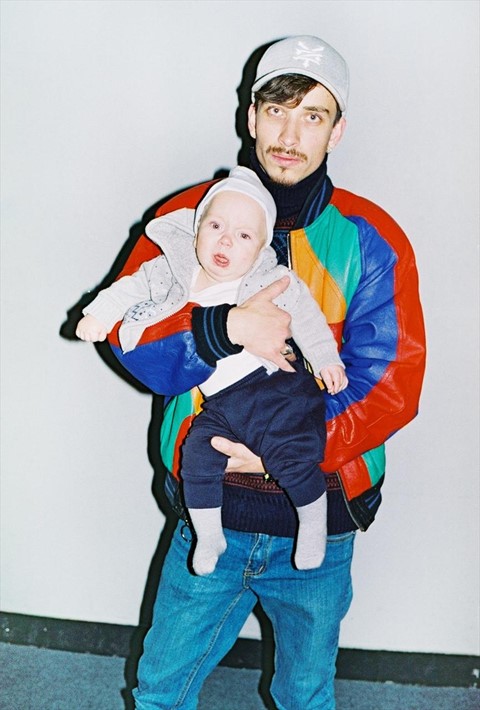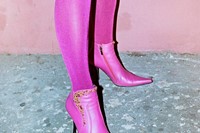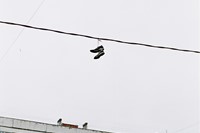Kiev, one of the oldest cities in Eastern Europe, and an integral part of the Soviet Union in the 20th century, celebrated its fifth season of fashion week last month.
Kiev, one of the oldest cities in Eastern Europe, and an integral part of the Soviet Union in the 20th century, celebrated its fifth season of fashion week last month. Soviet fashion under Constructivism was closely tied to the goal of serving a social purpose and one of the first movements that linked art, architecture and theory with clothing in this belief. The text below – The Constructivist Dress by Aleksander Exter – was a seminal essay of the movement and is accompanied by a gallery of photographs taken at the 2012 iteration of Kiev fashion week by photography duo Synchrodogs.
Daria Shapovalova, who established Kiev Fashion Week in 2010, did so with the ambition of reintroducing a sartorial significance to the city. As one of the largest in Eastern Europe it is swollen with creative talents such as Sasha Kanevski and Yasia Khomenko. '”My friends ask me why I don’t move to Europe, but I don’t think it’s reasonable,” says Shapovalova. “We all need to improve our native cities.” She's also recaptured a social program by inviting external figures from the fashion industry to give lectures and offer advice to the young designers.
"Every object is submitted to the laws imposed by its material...Shape is indissolubly linked with colour"
"Every object is submitted to the laws imposed by its material. When choosing a fabric to cut, one has to consider its density, weight, width, and color. A thin fabric logically calls for a straight vertical and tight-fitting cut, which replaces width with space, using pleats of slits to increase bodily comfort. Because of their properties, elastic fabrics, such as some types of silk, could be used to design clothes for movement (dancing, for example) and to conceive more complicated shapes (circles, polygons). This type of garment, which is constructed according to the dynamics of the body’s movements, must be composed out of mobile elements.
Shape is indissolubly linked with color. When studying the properties of single-colour garments, which have been designed in an elementary geometric shape, one notices that these shapes require the use of primary colors; in contrast, a more complicated form requires complementary colors of tones." — The Constructivist Dress by Aleksander Exter
Text by Agata Belcen






